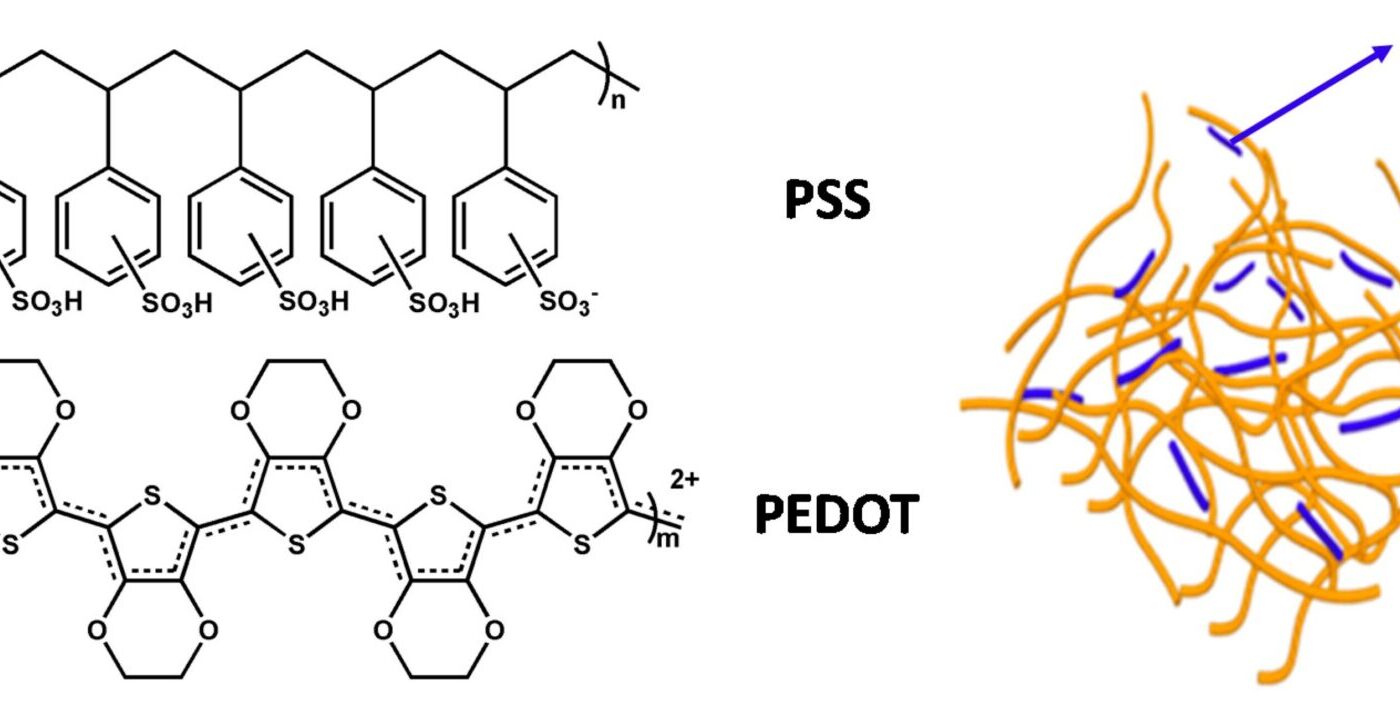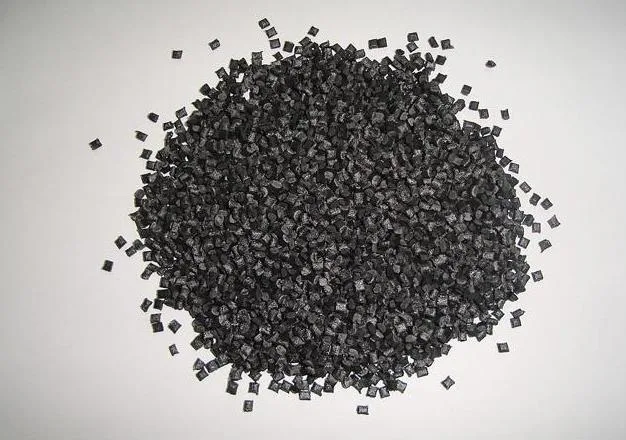Introduction
Conducting polymers are a unique class of polymers that display characteristics of both metals and plastics. One such polymer gaining prominence for its applications is poly(3,4-ethylenedioxythiophene) or PEDOT. PEDOT offers excellent conductivity, stability and processability giving it wide applications in industries ranging from electronics and biomedical to energy storage and more. Let’s delve deeper into understanding this wonder polymer PEDOT.
Discovery and Structure
PEDOT was first synthesized in the 1980s by researchers at Bayer AG in Germany. It belongs to the class of intrinsically conducting polymers known as polythiophenes. PEDOT has a basic repeating thiophene monomer unit with ethylenedioxy groups present on the 3rd and 4th positions of its thiophene ring. This ethylenedioxy substitution enhances its solubility, oxidative stability and electrical conductivity compared to unsubstituted polythiophene. PEDOT exists in an oxidized cationic form where positive charges are delocalized along the conjugated polymer backbone. This enables charge transport and gives PEDOT its semiconducting and metallic like properties.
Doping and Conductivity
For polymers like PEDOT to exhibit conductivity, they need to be chemically or electrochemically ‘doped’. Doping incorporates charge carrying dopant ions into the polymer backbone that assists charge mobility. PEDOT is commonly polymerized using ‘charge balance’ dopants like polystyrenesulfonate (PSS) that increases its conductivity. The PSS- doped form, known as PEDOT:PSS, is widely used owing to its high conductivity and solubility in water. PEDOT:PSS laminate films can achieve conductivities as high as 1000 S/cm making it more conductive than commonly used metals. The high conductivity, coupled with flexibility and transparency of PEDOT:PSS has enabled its widespread use in diverse applications.
Applications of PEDOT
Electronics & Displays
– PEDOT:PSS is extensively used as a transparent electrode in touchscreen displays, OLED & LCD panels due to its high conductivity, transparency and flexibility. Its use is replacing traditionally used non-transparent Indium Tin Oxide (ITO) electrodes.
– Organic photovoltaics (OPV) incorporating PEDOT:PSS as anode for enhanced charge transport is an emerging technology for lightweight, flexible solar cells.
Biomedical Applications
– Neural probes and electrodes coated with PEDOT show higher neuronal recordings and lower impedance compared to traditional metal electrodes due to its unique material properties. This has promising applications in neural prosthetics, spinal cord injury treatment and brain-machine interfaces.
– PEDOT:PSS is being explored as scaffolds for tissue engineering, wound healing applications and drug delivery due to its biocompatibility.
Energy storage
– PEDOT has high specific capacitance and cycling stability making it attractive for electrochemical supercapacitors and batteries. PEDOT coated electrodes show enhanced charge storage properties.
Outlook and Future Prospects
PEDOT with its excellent properties presents huge opportunities for further enhancing existing and developing new applications. Areas like flexible electronics, biomedical devices, energy storage and electrochromic smart windows are projected to drive the growing PEDOT market which was valued at USD 150 million in 2019. Continuous research worldwide to improve PEDOT’s processability, conductivity, mechanical properties would aid expanding its use in new products. Development of PEDOT composites and copolymers incorporating other polymers and nanomaterials presents exciting possibilities. With increasing commercialization and large scale production, PEDOT promises to become an indispensable building block material across diverse industries going forward.
The easy synthesis, high electrical conductivity and stability of PEDOT has enabled its widespread popularity replacing traditional materials. PEDOT:PSS especially has revolutionized applications in displays, flexible and printed electronics. Its biocompatibility further extends its utility in biomedical and tissue engineering applications. With advancing research, PEDOT will surely play a key role in enabling new technologies based on organic semiconductors and flexible devices to realize tomorrow’s innovations.
*Note:
1. Source: Coherent Market Insights, Public sources, Desk research
2. We have leveraged AI tools to mine information and compile it




